Documenta fifteen - is an international contemporary art exhibition that takes place every five years in Kassel, Germany. This year, the concept of the exhibition was set by the Indonesian team ruangrupa, who decided to rethink the word lumbung ("rice barn"), symbolizing collectivity, generosity and solidarity.
One of the participants of documenta fifteen was Uzbek artist and director Saodat Ismailova. As part of the exhibition, she presented several video works, including a new film about the female ritual practice of Bibi Sheshanbe. The DAVRA collective initiated by Saodat Ismailova will also perform in the public program. Its participants were 19 young multidisciplinary artists from Central Asia.
In the center of the research by Saodat Ismailova and the DAVRA team is the image of mythological spirits—defenders of chiltans (chil - 40, tan — tel), who are addressed during ancient healing and protection practices. Representations of Chiltans can also be found in the territories of the Caucasus and Iran, but in Central Asia they are more often mentioned in women's prayers and are transmitted orally from generation to generation.
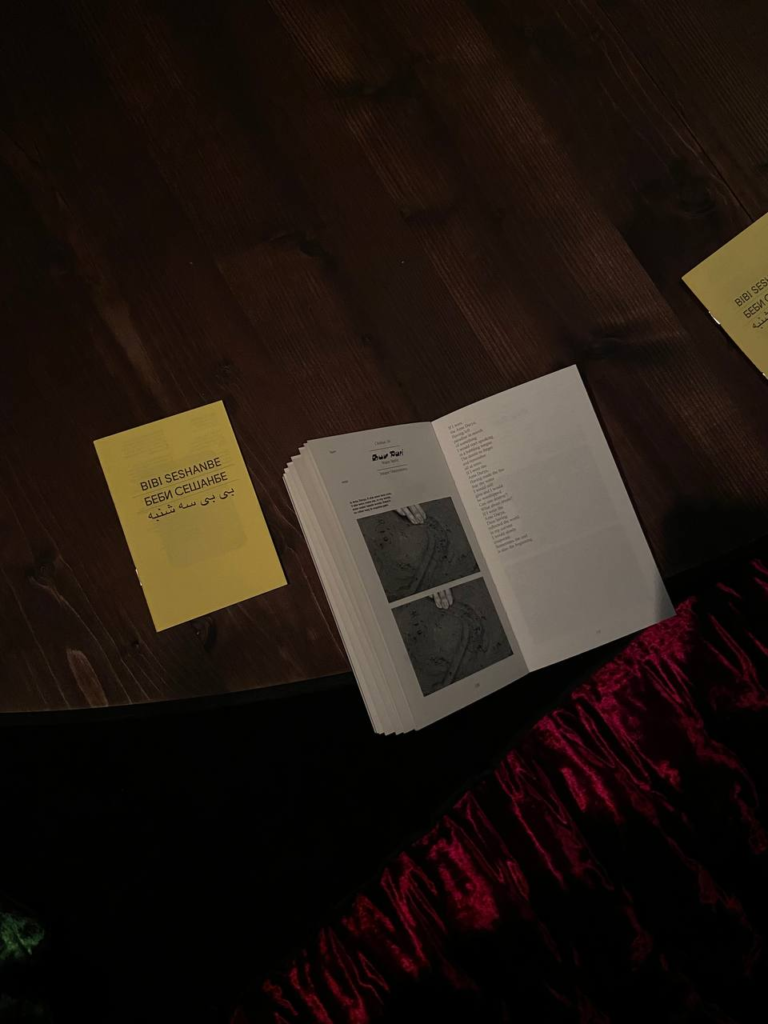
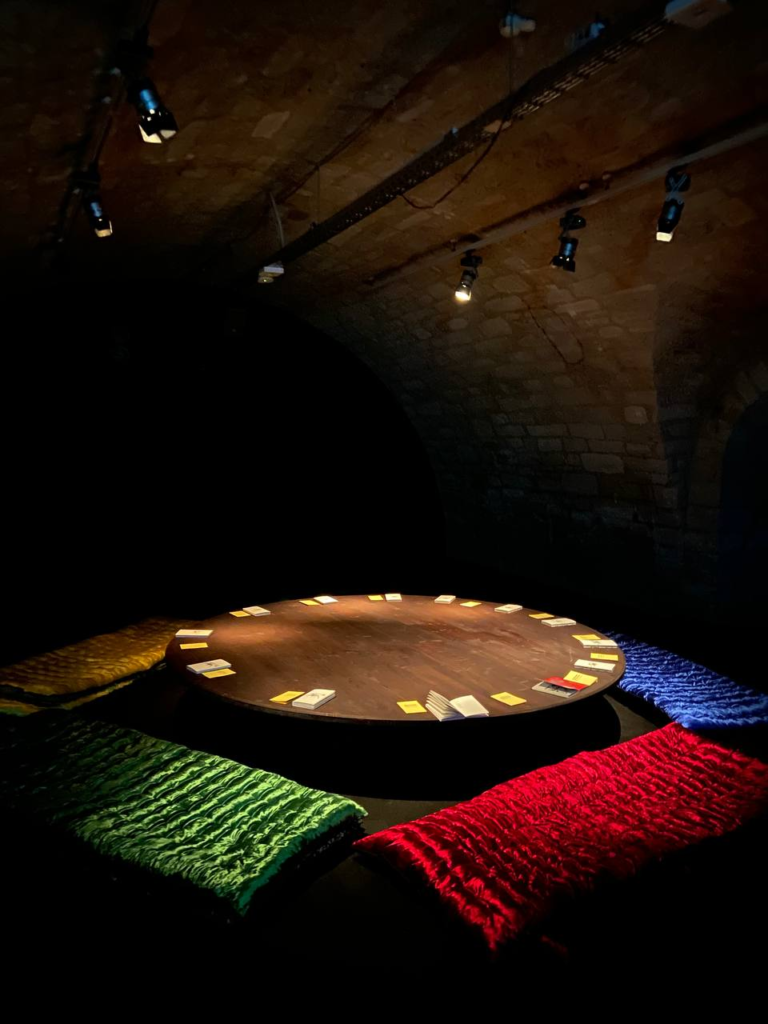
The program, prepared by Saodat Ismailova, will last for 100 days - from June 18 to September 25. And on the 40 hottest days of the year - from June 25 to August 4 - DAVRA and invited guests will be integrated into Saodat Ismailova's program to appeal to the collective female memory and rethink the images of chiltans. To do this, they will use various practices: video shows, cooking, dancing, workshops, performances and the release of a special research publication.
We talked with Saodat Ismailova and DAVRA participants about the works presented, the experience of participating in a prestigious international exhibition and the representation of women's experience in Central Asia.
Saodat Ismailova - is a director, a contemporary artist from Uzbekistan.
Chiltans - are mystical images of patron spirits in the culture of Central Asia, which can take on different forms of living and non-living entities in order to protect and heal people who turn to them. In fact, there is no clear definition, because they are primarily related to the spiritual understanding of the world, which cannot be structured into a specific form. One description says that if the Earth moves too fast, the Chiltans march in the opposite direction to bring it into the right rhythm.

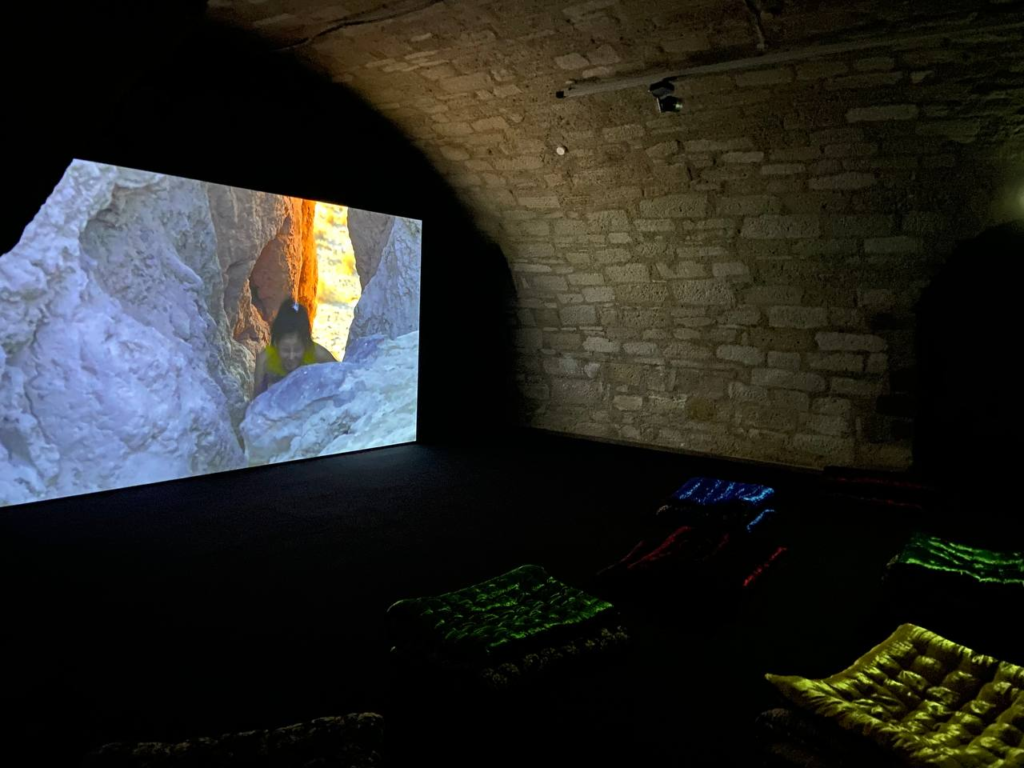
Chiltans are associated with the secret number 40, but, in my opinion, this is an image that describes collectivity and unity: Ali Baba and 40 robbers, 40 days and nights, and so on. I have been researching ancestral memory and the significance of the sorokovitsa in Central Asia for many years, especially in women's ritual practices, so in documenta fifteen I decided together with DAVRA to reflect on this topic through various forms of art: films, music, poetry, performances, art objects, cooking practices.
While researching the topic of chiltans, I was thinking about who can symbolize them today, and then I realized that these are young artists. If you land the idea of mystical spirits who preserve culture, then they will become people — art-activists who turn to the memory of their ancestors and transform it into art. They, like Chiltans, are carriers of local knowledge and cultural code. It is very important to me that they all represent our region, because participation in documenta fifteen is an opportunity not to follow Western culture entirely, but to try to involve other people in the spiritual world of Central Asia.
Kokonja - is an artist, sound artist from Kazakhstan.
Mai Ene's work, which I will represent, is closely related to my female line. This is an installation with objects made of felt. Next to the installation spinning around its axis, there will be a felt mat on which you can sit down, feel the material with your hands and listen to Kazakh lullabies. I want the work to immerse the audience in "konyr" — a meditative state, which the akyns and kuishi aspired to. This can be felt in everyday life, when, for example, you watch the sunset in the steppe, feel a light wind, and experience some special contact with the present.
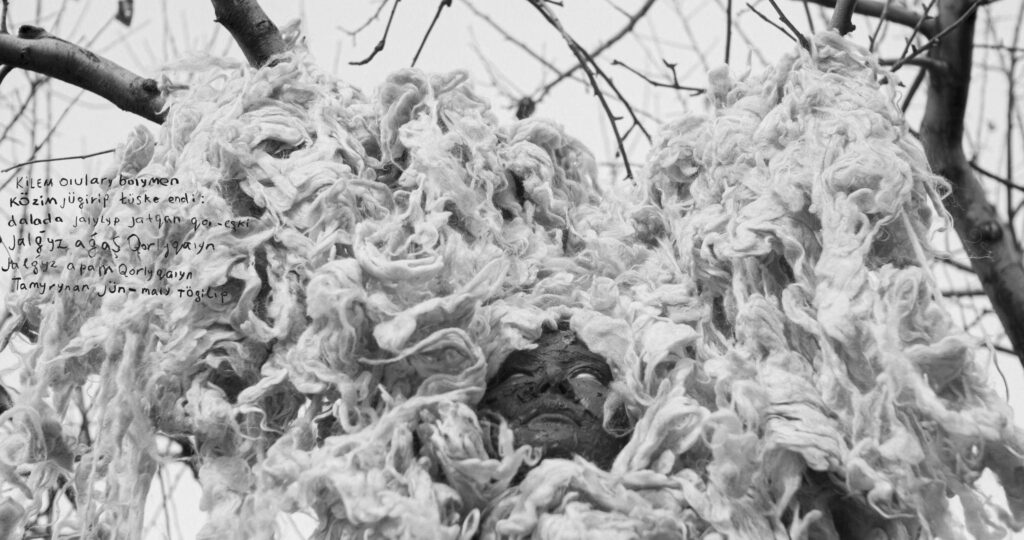
"Konyr" is an important part of Kazakh philosophy, which reflects the origin of the world and has phonetically the same origins as the words kan, kut, aruak, akyn, kindik (blood, good, ancestral spirits, akyn, umbilical cord). It seems to me that it is important for us to talk about the national philosophy, which did not come as a European idea, but originated independently on our land, what we learn from our mothers and grandmothers. For various reasons, we missed something from the past, so in modern art I try to reflect the aesthetics of the thoughts and traditions of our ancestors. At the same time, Mai Ene is an appeal to my grandmother. I have never seen her, but her memory has remained thanks to her felt carpets. Felt like it has a memory and transmits it to me. It can be said that this work and the process of felting felt for me is an opportunity to talk about it and with her at the same time. And the lullaby that will be heard from the installation consists of the voices of my friends who sang Kazakh songs when they put the children to bed. It is important to me that by participating in DAVRA I can show what kind of female energy it is in Central Asia. Today, in Central Asian countries, many women find themselves devalued and unprotected. I want to believe that the sensations received from my work will help us return to the beginning.
Zumrad Mirzaliyeva - is a documentary filmmaker from Uzbekistan.
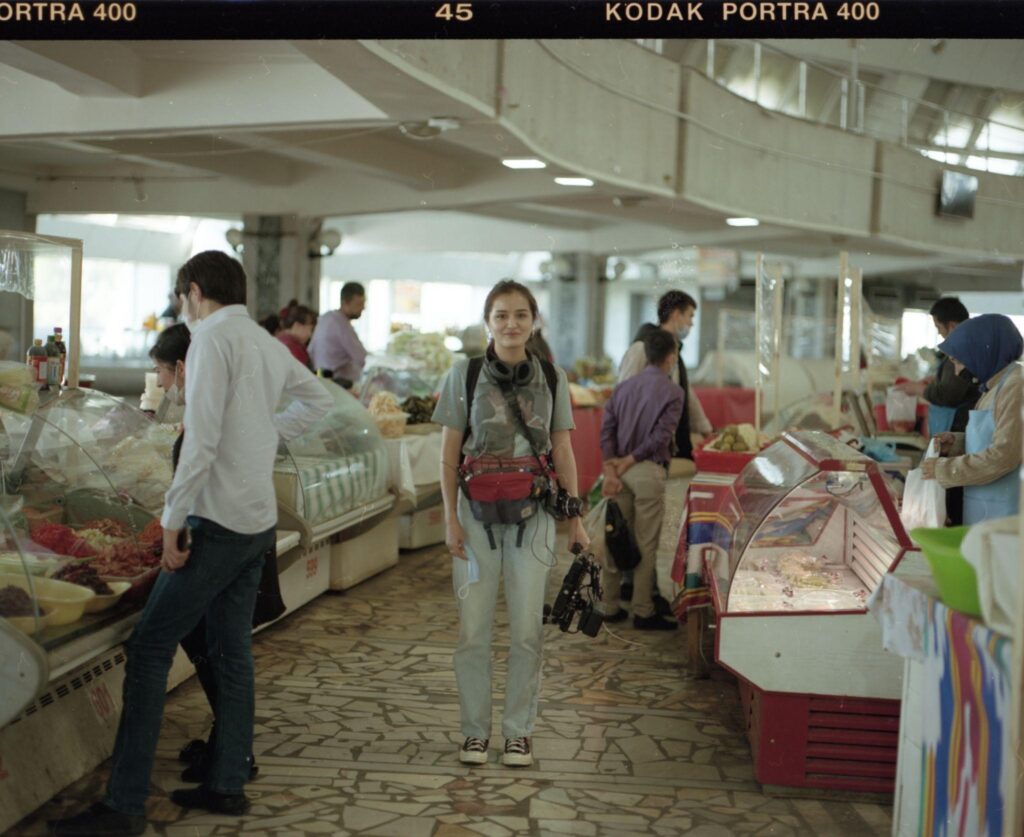
The experience of participating in DAVRA is different for me in that we treat each other very selflessly — we support each other in all projects, inspire and openly share thoughts and experiences. Thanks to the topic of chiltans, we can independently talk about women's presence and practices in Central Asia, because many, of course, have an idea of us as oppressed by men. I do not deny these problems, but it seems to me that it is necessary to talk about the re-victimization of women. I often turn to this topic and consider the struggle of women for rights — is it a forced story created because of pressure and injustice, or is it a manifestation of inner will?
We face huge discrimination, but at the same time it is not what we are made of. The representation of women should come from their voice, and not from the position of the male world. The video work that I present at documenta fifteen also speaks about this. "Autonomy" is an eight—minute film-diptych: one part was shot in Samarkand in the cave of Dovud (David), to which girls come to ask for fertility, and in the second part a ritual is recorded when children are launched into the room of the newlyweds, thereby wishing that they had a large procreation.
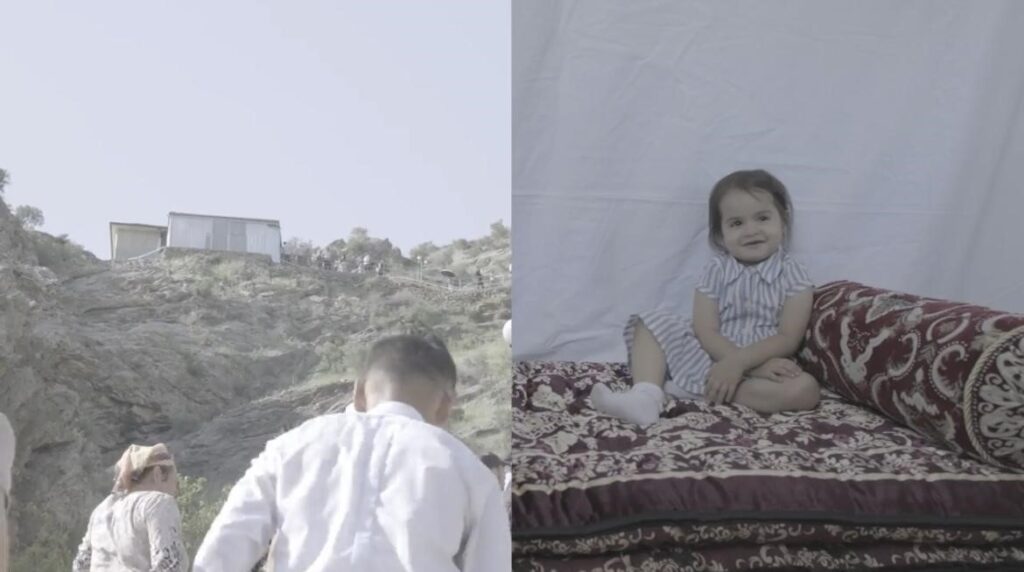
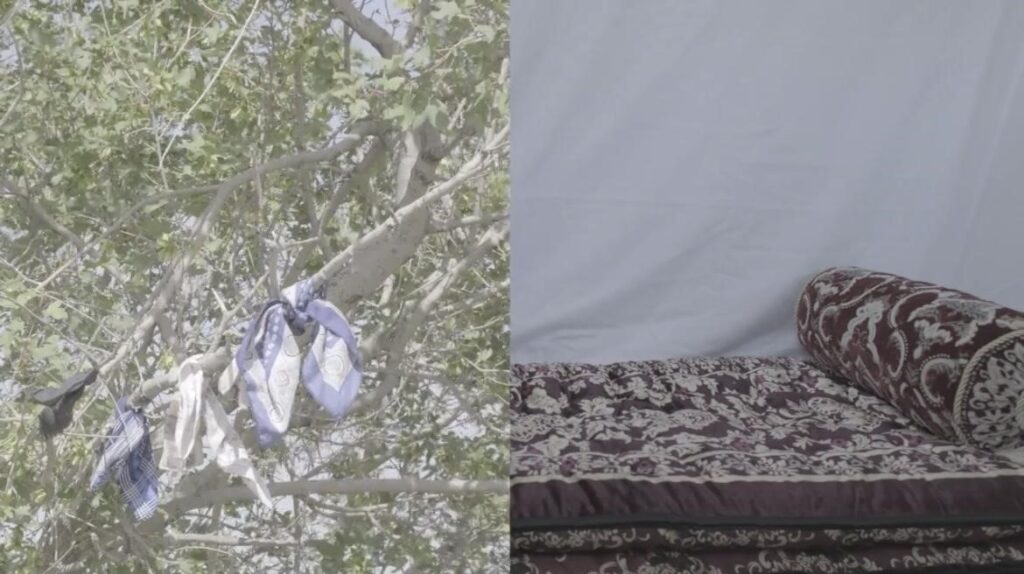
In the film, I tried to reflect the exceptional childbearing function of women, often deprived in the eyes of society of their own right to make a decision about pregnancy. I myself came across this immediately after marriage — it seemed that my relatives were waiting for this, without looking back at my opinion. I think many women from Central Asia face this, so it is both a personal and a collective experience.
Diana Rakhmanova - is an artist, curator from Tajikistan, founder of the “Kuduk” Cultural Center in Kyrgyzstan.

I participate in several directions: in the children's program I conduct a workshop on creating Tajik dolls (luhtak) made of wood and fabric, and in the public program I cook traditional Tajik pilaf. We also created a publication with the names of the Bet, where I, like my colleagues, developed illustrations. Speaking of cooking food, it is important to note that I do not consider cooking pilaf as just a meal. Food creates opportunities for cultural exchange and social dialogues, so for me it is more an artistic language. Traditional dolls also not only serve as a decorative element, but also have an important cultural and historical aspect — it is believed that luhtak takes away dark energy, the evil eye and diseases. Previously, there was a tradition that if a child got sick, parents deliberately made a doll, charmed it and threw it into the river — the water carried away the child's illness along with the doll.


I try to create all projects only after I pass them through my experience and experiences. Therefore, it is important to me that I will represent Tajikistan in documenta fifteen, despite the fact that I have been living and working in Kyrgyzstan for several years. Tajik culture is something with which I feel great harmony. All my projects are addressed specifically to her, including the latest study on the civil war of the 90s. As part of this project, I created the play "Accord", which was presented to the public from April to September 2021 in Kyrgyzstan and Ukraine. I remember that on the eve of the premiere, there was a conflict on the Kyrgyz-Tajik border again, and then I realized that the theme of the war was not only about the 90s and something distant, forgotten. Military conflicts they accompany us today.
It is very valuable for me to be a part of Saodat Ismailova's project and to be part of the DAVRA team, as this is a unifying process where we all represent our locality, Central Asia together. It seems to me that our countries are all similar in many ways both culturally and locally. So, when I was studying the history of applied art of Darvaz (Pamir), I came across elements of kurak, which were created by residents of high-altitude regions. Then I realized that the kurak tradition is close not only to the Kyrgyz. At different times, many elements were created together with different ethnic groups, for example, Kyrgyz Pamirs and Tajiks.
Benazir Ibraimova - is an artist, poet from Kyrgyzstan.
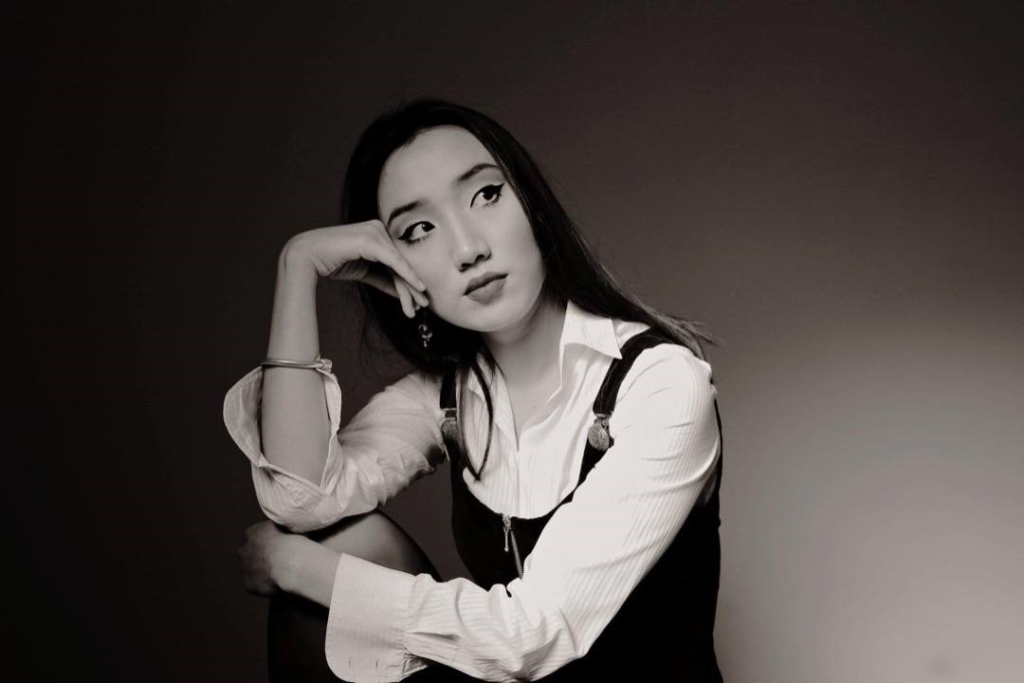
In documenta fifteen, I prepared Feeding Spirits ("Feeding Souls"), which consists of a collective performance of cooking ritual bread "jeti nan" and video poetry in a room with a dustorcon, where you can taste freshly prepared ritual bread. The essence of the ceremony is to honor the memory of the ancestors, ask for blessings, remember them and only then proceed to the meal. The most interesting thing is that the ascension of the smell during cooking nourishes the ancestors, being a kind of "food". It is important to understand that cooking is not just sharing food with someone, but a collective experience, a manifestation of care, generosity and mutual assistance. Such a ritual embodies an unconscious and strong connection with generations.
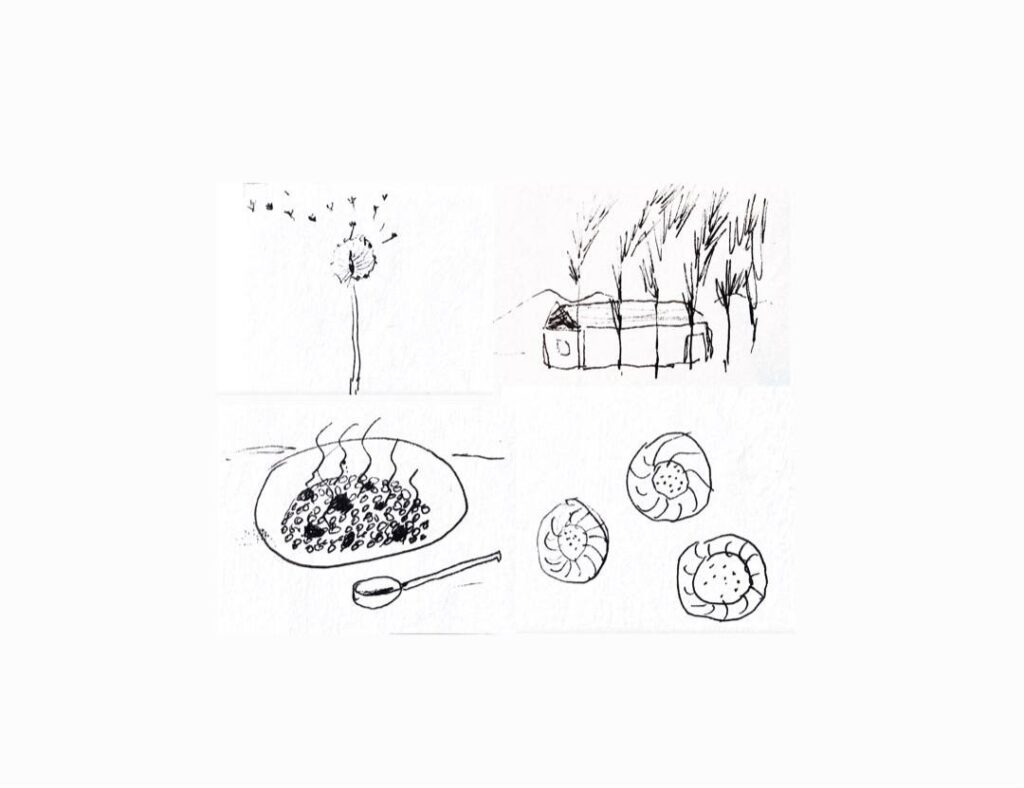
As a child, my family and I often gathered with relatives several times a year, remembered grandparents, cooked together, so I decided to turn to this experience. Also, mysterious stories about grandfathers and grandmothers, whom I, unfortunately, did not find, served as a great impetus for writing poetry.
During the preparation for the exhibition, we collected various literature on the topic of chiltans, rituals, determining which aspects are close to each of us. Then we thought about what we can present at the exhibition. Exploring this world, I discovered the deep philosophy of our region, full of poetry, fascinating mysticism. For me, participation in DAVRA was the starting point when creative energy and the memory of my ancestors were able to connect into a single puzzle. Undoubtedly, the participation of our team in documenta fifteen, which is a kind of bridge between the West and the East, will open the doors to the spiritual, meditative world of Central Asia.
Munis Jurayeva - is a contemporary artist from Uzbekistan.
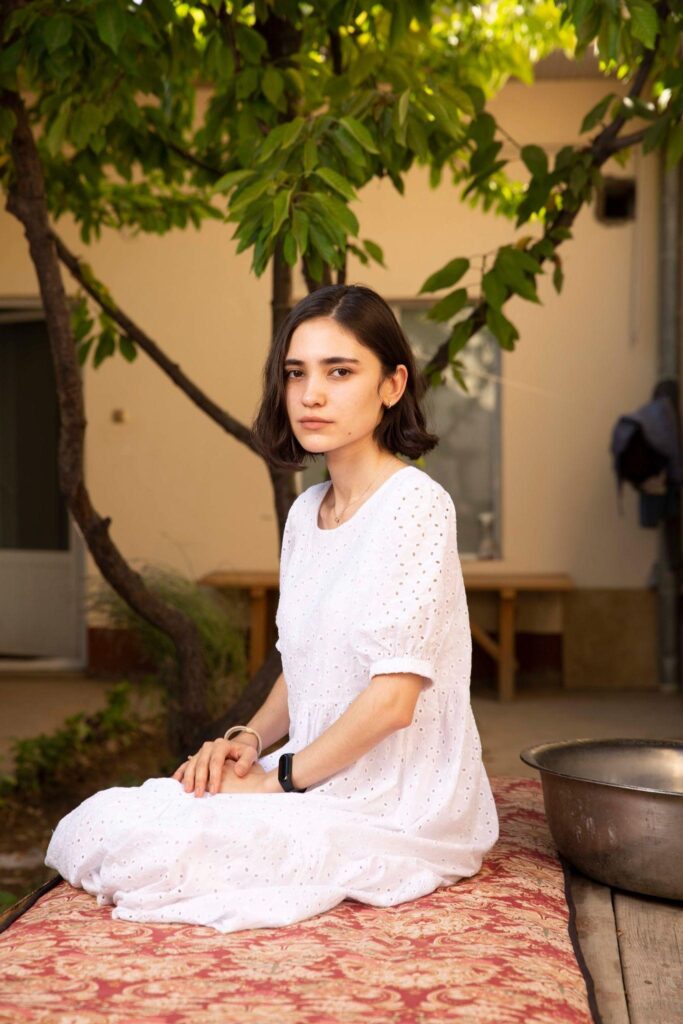
Many members of the DAVRA collective turned to mothers or grandmothers to rethink the rituals associated with the presence of chiltans, but I did not have such a close experience. I remember when I was very young, several times my grandmother performed a ritual using bread for the treatment of a bodily ailment, where it was possible to consider ancient traditions, but now it is practiced less and less.
As a result, I decided to make a textile charm in the soft sculpture — Tumor technique. This is a collective performance, where DAVRA participants and I will manually sew an amulet, which consists of 40 abstract forms personifying 40 names of the Bet. We will use fabrics from Uzbekistan that have been stored in my mother's trunk for a long time and were given to her from my grandmother. I like that this work will not just personify the Chiltans, but also unite us with the girls, allowing us to exchange energy with each other.
In fact, tumor, in my opinion, is closely related to the idea of Chiltans. He, like invisible spirits, protects us and takes various forms. Tumor can be any: in the form of a triangle on the neck with a surah from the Koran, a small earring, any note. Shapes and sizes do not matter, because it is only important what idea we lay. At the same time, I am very interested in the fact that its function has remained the same. Despite modernity and access to various services, we still need invisible spiritual protection. It seems to me that this is an important thought — in culture we keep only what we really need.
The author of the material: Danel Khodzhaeva.

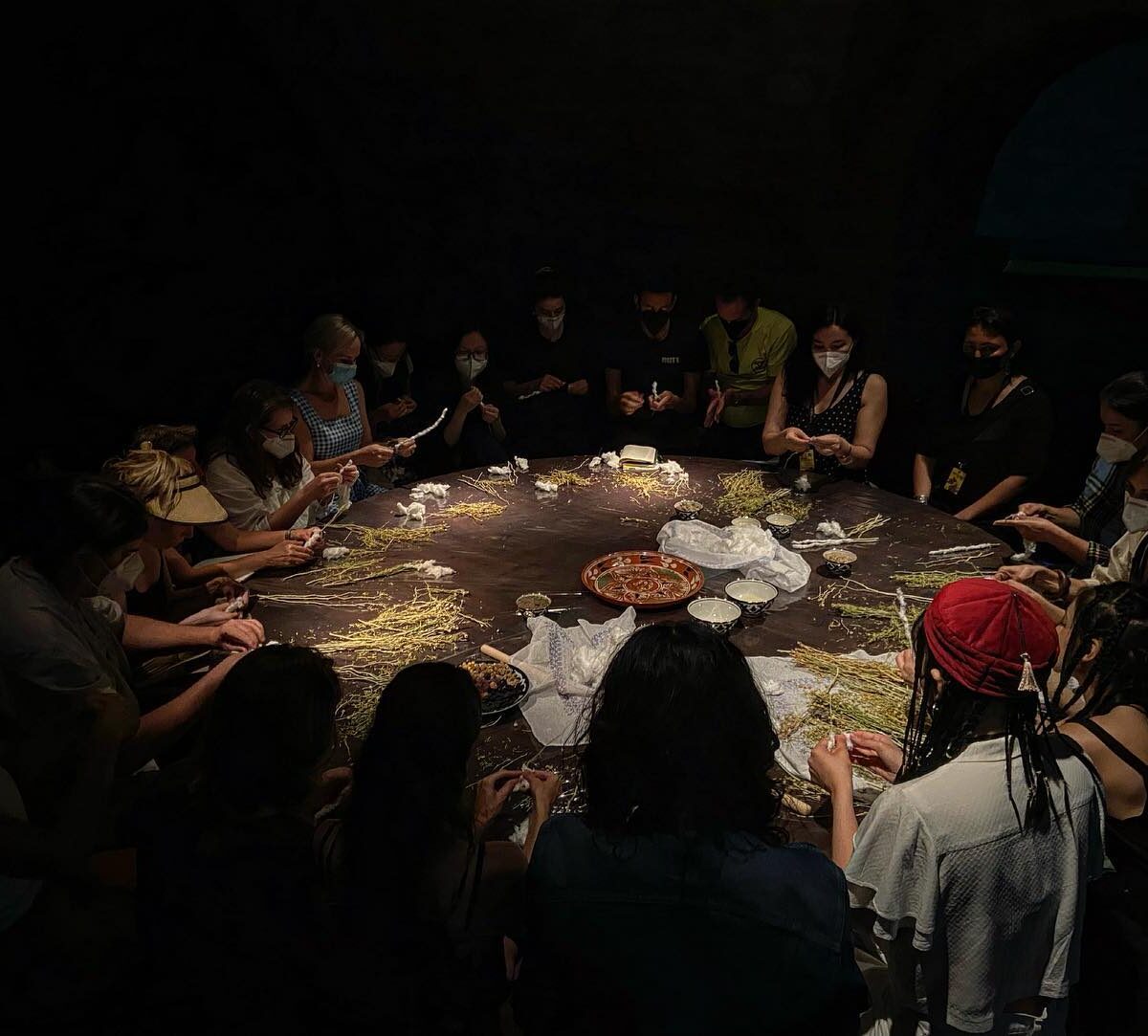


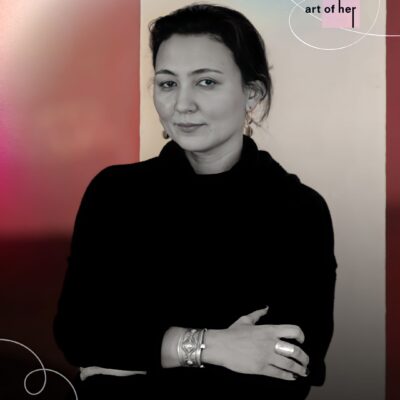
Askhat Akhmedyarov’ hopes: personal exhibition "YMIT"
Cultural enrichment: a new educational project opens in Atyrau